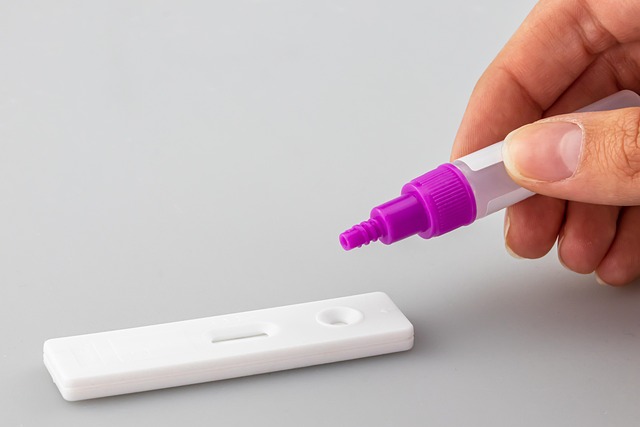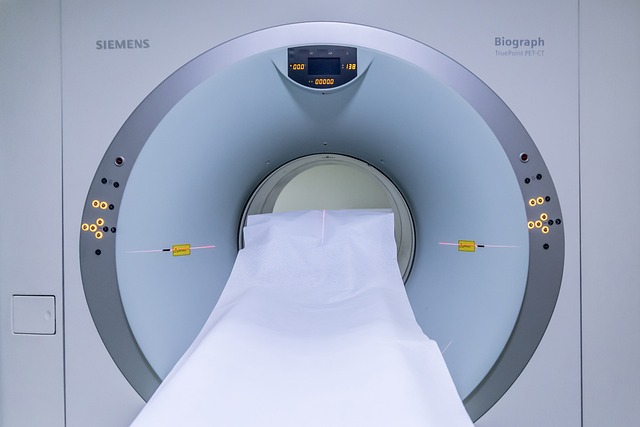In Texas, facing suspected asbestos (ACM) requires a choice between DIY asbestos test kits and professional laboratory services. Kits offer cost-effectiveness and convenience for at-home use, but may questionably detect low levels or certain types of asbestos. Professional testing, utilizing advanced techniques like TEM and XRD, provides comprehensive, reliable data even for trace amounts, crucial for complex scenarios such as building renovations or health concerns, despite higher costs; ensuring accurate interpretations for informed decisions regarding asbestos mitigation.
In Texas, understanding asbestos exposure risks is crucial for public health. While DIY asbestos test kits offer accessibility, professional testing remains the gold standard. This article delves into the differences between DIY and professional asbestos testing methods, focusing on accuracy and reliability. Learn about key factors influencing result interpretation and why seeking expert guidance from licensed professionals in Texas is essential for accurate assessments of potential hazards.
- Understanding Asbestos Test Kits: DIY vs Professional
- Key Differences in Testing Methods and Accuracy
- Interpreting Results: What Do Your Asbestos Tests Mean?
Understanding Asbestos Test Kits: DIY vs Professional

In Texas, both DIY asbestos test kits and professional testing services are available, each with its own advantages and limitations when it comes to identifying asbestos in various environments. DIY asbestos test kits offer a cost-effective and convenient option for homeowners or individuals wanting to check for asbestos exposure risks. These at-home tests provide quick results, allowing users to take immediate action if asbestos is detected. However, their sensitivity and accuracy may be limited, as over-the-counter kits might not pick up low levels of asbestos or certain types of this hazardous material.
On the other hand, professional asbestos testing in Texas, conducted by certified experts, ensures comprehensive and reliable results. These specialists employ advanced techniques and equipment to detect even trace amounts of asbestos, providing a more detailed assessment of the situation. While it may come at a higher cost, professional testing is indispensable for critical situations like building renovations or suspected asbestos-related health issues. Their expertise guarantees accurate interpretations of lab results, enabling informed decisions and proper mitigation measures to be taken.
Key Differences in Testing Methods and Accuracy

When it comes to asbestos testing, there are two primary approaches: DIY test kits and professional laboratory services. The former offers accessibility and affordability, making it appealing for homeowners or individuals dealing with suspected asbestos-containing materials (ACM). DIY kits provide a quick way to get initial results, often utilizing colorimetric tests that detect microscopic asbestos fibers. However, their accuracy can be limited; these at-home tests may produce false negatives due to factors like user error or the presence of other similar fiber types.
In contrast, professional testing in Texas involves comprehensive laboratory analysis, ensuring higher precision and reliability. Asbestos specialists use advanced techniques such as transmission electron microscopy (TEM) and x-ray diffraction (XRD) to identify and quantify asbestos with greater certainty. This method is particularly crucial in complex situations or when dealing with large-scale projects, where an accurate assessment of asbestos presence and levels is paramount for safety and regulatory compliance.
Interpreting Results: What Do Your Asbestos Tests Mean?

Interpreting your asbestos test results is a crucial step, especially when comparing DIY asbestos test kits to professional assessments in Texas. It’s important to understand that while DIY kits can provide initial insights, they may not offer the same level of detail and accuracy as lab-based tests. These at-home kits often rely on visual inspection and color-coding to indicate potential asbestos presence; however, they might not account for subtle variations or cross-contamination.
In contrast, professional testing involves taking samples from various surfaces and sending them to a certified laboratory. There, advanced techniques like microscopy are employed to identify and quantify asbestos fibers. This method ensures more precise results, especially in regions with diverse building materials like Texas, where historical buildings might contain varying types and levels of asbestos. Whether you choose DIY or professional testing, understanding the nuances of the results is key to making informed decisions regarding asbestos safety and removal.
When it comes to asbestos testing in Texas, DIY kits offer a cost-effective solution for preliminary assessments, but professional testing is indispensable for accurate and comprehensive results. Understanding the nuances of different testing methods and interpreting lab reports are crucial steps in ensuring proper handling and management of asbestos. Whether you opt for DIY kits or seek expert assistance, knowing what your asbestos test results mean can empower you to make informed decisions regarding potential hazards in your environment.
